4-09 This 1967 Camaro has been sitting in the yard waiting for some attention for a long time now. I have owned it for fifteen years, prior to that it was owned by a good freind since 1979.
It was driven here, partly disassembled, and left to sit...I swore I was going to get right on it, butplenty else had been going on in life so it didn't get much love except for a few things here and there. Will I finally be able to devote some time?

It was driven here, partly disassembled, and left to sit...I swore I was going to get right on it, butplenty else had been going on in life so it didn't get much love except for a few things here and there. Will I finally be able to devote some time?








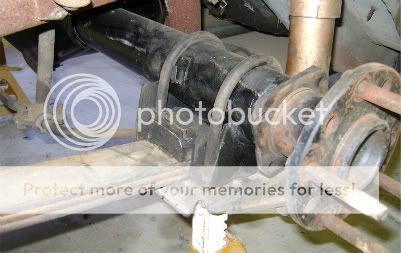








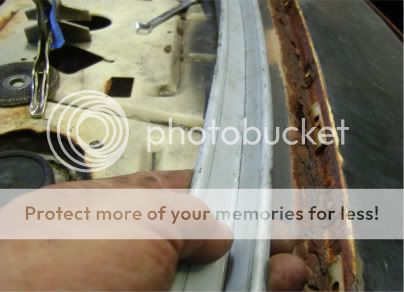
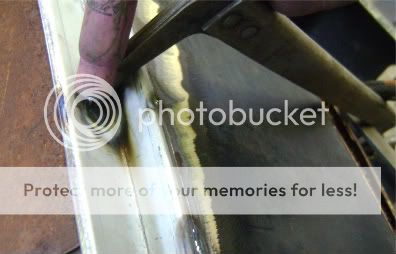
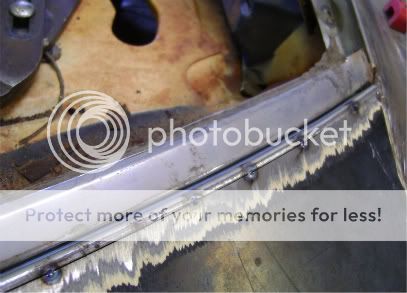








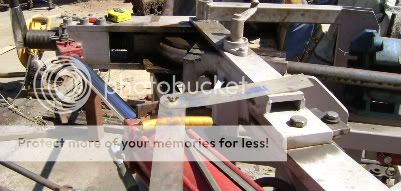


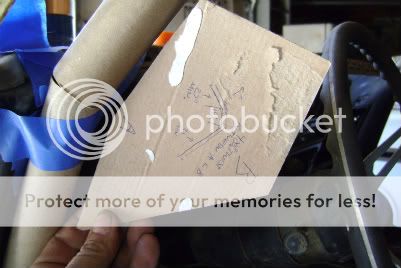
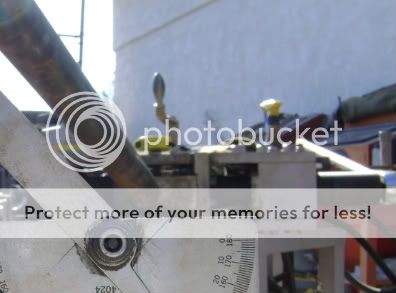
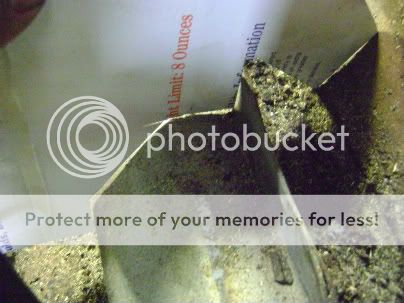



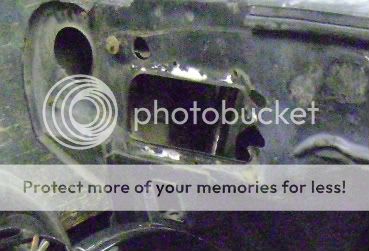
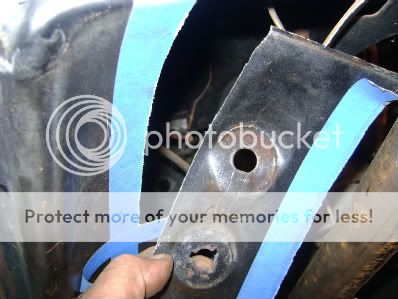




Comment